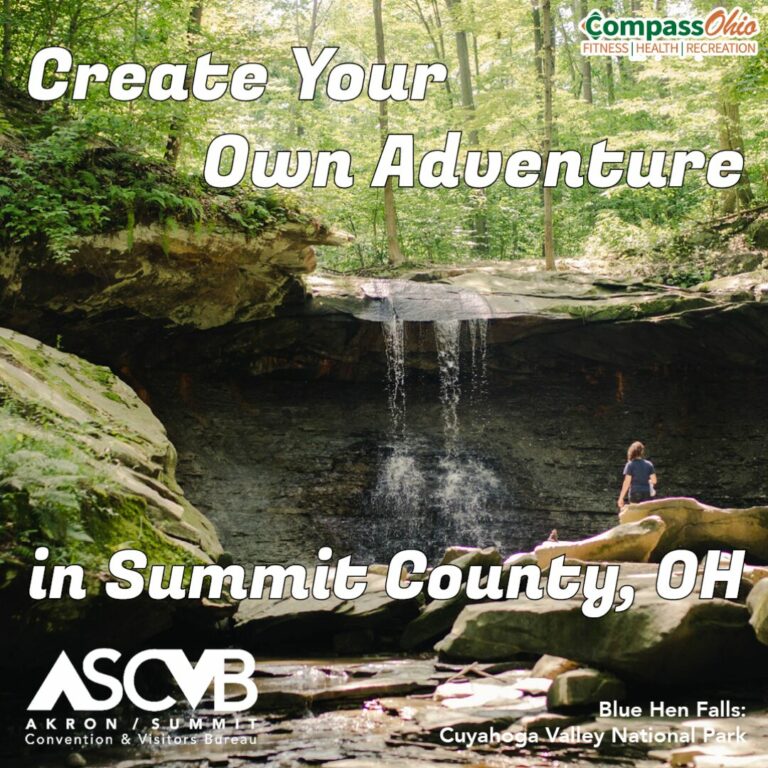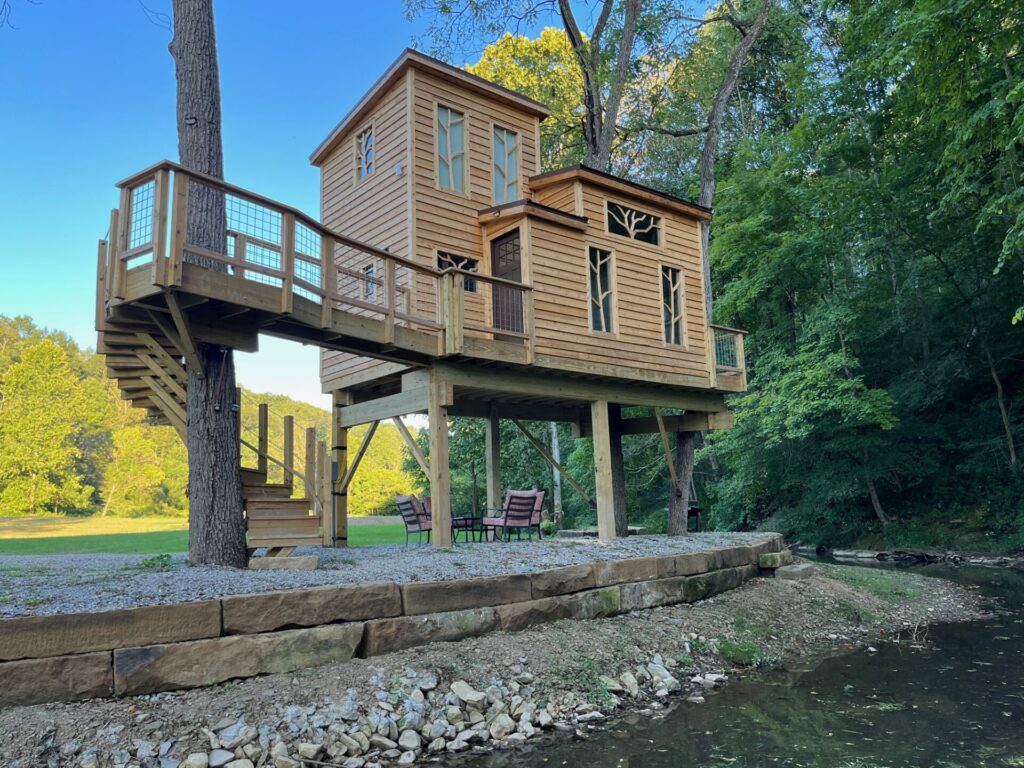By Doug Kish, M.A.
On the border between North Carolina and Tennessee is a ridge of forest known for its diverse plant and animal life. With 8 to 10,000 visitors every year, Great Smoky Mountains National Park is America’s most visited national park. Within the park there are numerous things to do such as touring by automobile, bicycling, camping, fishing, hiking, horseback riding and picnicking. There are also historic buildings located within the park and informative programs conducted by rangers at different locations. Having been in the area several times in the past, as a child and as an adult, I had always wanted to hike to the top of Mt. LeConte. While I was in Tennessee in September 2014, I decided this was my opportunity.
At an elevation of 6,593 feet, the only way to reach LeConte Lodge at the top of the mountain is by foot. There are five hiking trails available, some shorter, some longer, some easier, and some harder. Hikers should choose a trail dictated by what they would most like to see. Three days a week, weather permitting, one trail is used by a llama pack train to carry fresh supplies to the Lodge. I chose the Alum Cave Trail which I later discovered is the shortest but the steepest trail. It is approximately 5½ miles and can be completed by a hiker in good condition in approximately four hours one way – at least that’s what they tell you.
Hikers are cautioned that this is an area where the forces of nature determine trail conditions. Although hikers are welcome during all months of the year, they are advised to be prepared for swollen streams, bridge washouts, downed trees and trail erosion, particularly between December and May. Visitors are encouraged to allow plenty of time to complete their journey before dark. Most hikers in the Smokies travel about 1.5 miles per hour but many travel slower, as well as allowing for stops along the way to rest and enjoy the spectacular views.
I started my ascent at around 10:30 a.m. The temperature was 70 degrees but I brought my sweatshirt along for the higher and cooler elevations I hoped to encounter later. Temperatures can vary 10 to 30 degrees from the mountain base to the top depending on the wind and weather conditions. The beginning of the trail is not very steep or narrow and might give hikers a false sense of security that it will not be a difficult climb. It is not until you gain some elevation that you are able to see a lot.
Meeting few hikers along the way, after about 2 miles (and around 1½ hours) I reached the Alum Caves where I met a group of ladies who indicated that was the extent of their trip and they were about to head back down the mountain. They graciously agreed to take some photos of me near the entrance to the caves, which go deep into the mountain and are huge, dark, damp and ominous. Hikers are not encouraged to explore the caves since the area is filled with wildlife and a chance encounter with an animal could be dangerous.
The symbol of the Smokies, the American Black Bear, is perhaps the most famous animal resident in the park. Great Smoky Mountain National Park provides the largest protected bear habitat in the east. Though populations are variable, biologists estimate that approximately 1,500 bears live in the park. That is approximately two bears per square mile. Although the bears look playful in the woods, hikers are advised to be watchful and not approach them. If a human presence causes a bear to change its behavior, such as stopping eating or watching you, it means you are too close which may produce aggressive behavior. A bear approaching you or making loud noises is a signal to stay away. At that point, people are advised to back away slowly. A bear will likely increase his distance from you as you do the same. For the extremely safety conscious, bear pepper spray is available for use by hikers for the strict purpose of protection against bodily harm from aggressive wildlife.
After a rest and additional photos, a sign indicates that the Lodge is another 2.7 miles and I start hiking again. At this point, the trail becomes extremely steep and narrow. In some areas, there are manmade steps consisting of wood or flat rocks, as well as wire handrails attached to the side of the mountain to assist even the strongest hiker. I took advantage of the wire handrail on more than one occasion. In some locations a misstep would certainly take you over the edge, falling into the trees and rocks below. As the elevation increases, I periodically stop to take pictures of the breathtaking views, as well as a few “selfies” to prove I was there.
Up in the “smoky” portion of the mountain, the wispy, smoke-like fog that hangs over the Smoky Mountains comes from rain and evaporation from trees. Rainfall averages 55 inches per year in the lowlands to 85 inches per year at the peak, qualifying the region as temperate rain forests.
At about 3:00 p.m., after additional rest stops and photo ops, I reach the summit. Located in the middle of the half-million acre Great Smoky Mountains National Park, LeConte Lodge is the only place where a visitor can sleep overnight on a mountaintop in a permanent structure. It can accommodate a total capacity of 60 guests per night housed in the 7 cabins or 3 multi-room lodges. The cabins, which are sometimes booked a year in advance, contain two upper and two lower bunk beds and come equipped with kerosene lanterns (no electricity), propane heaters, a wash basin and bucket, linens, a table and chair. There are rocking chairs on the porch to enjoy the view. Spectacular views of the sunrise and sunset can be seen from the area.
A rustic-looking building houses the dining room for guests. Dinner and breakfast are served to overnight campers. There is a gift shop in the Lodge and it is a must to purchase a shirt stating, “I climbed Mount LeConte” since it can only be purchased at that location. Of course, a picture in front of the Lodge documenting the date and elevation are also a must, as well as additional photos of the view from that point. A short hike from the Lodge is an overhanging piece of the mountain’s rock formation. I asked a fellow visitor to take my picture and cautiously climbed out near the edge avoiding looking over to see exactly how high I was. I look at that picture now and am amazed that I did that.
Chatting with a Lodge employee, I asked how he gets to work. His reply, “The same way you got here. I hike up the mountain.” Lodge workers stay on the mountain for thirty days straight, before they hike to the bottom for time off. After about a week off, they hike back up the mountain carrying all of their clothing and personal supplies for another work period. Resting in a rocking chair near the Lodge before refilling my water bottle for the descent, a fellow hiker tells me that the view of the sunset from a lookout point at the bottom of the trail is beautiful.
Advised that going down the mountain is much faster, between 2 and 2½ hours, I start down the trail just before 5:00 p.m. Although I agree that hiking down is faster, it is still not that easy as you must take it slowly and carefully on the narrow and steep areas. Arriving at the start of the trail around 7:00 p.m., I quickly drove the short distance to Clingmans Dome where I was able to photograph the sunset. Although I never saw any bears during my visit to the park, there was “evidence” on the trail that they were in the area. Overnight campers at LeConte Lodge advised they had seen a mamma bear and two cubs romping in the area that morning.
I will never forget my hike up Mt. LeConte in the Great Smoky Mountains National Park and especially the fact that I made it all the way to the top. If you are ever able to hike in the Smoky Mountains, it is an unforgettable experience. I hope to return, hike another trail and possibly have an overnight stay the next time. For more information about Great Smoky Mountains National Park visit the U.S. National Park Service website at nps.gov/grsm/planyourvisit/. For information about LeConte Lodge, reservation information and a virtual tour of the area, see their website at lecontelodge.com.

Great Smokey Mountain National Park





